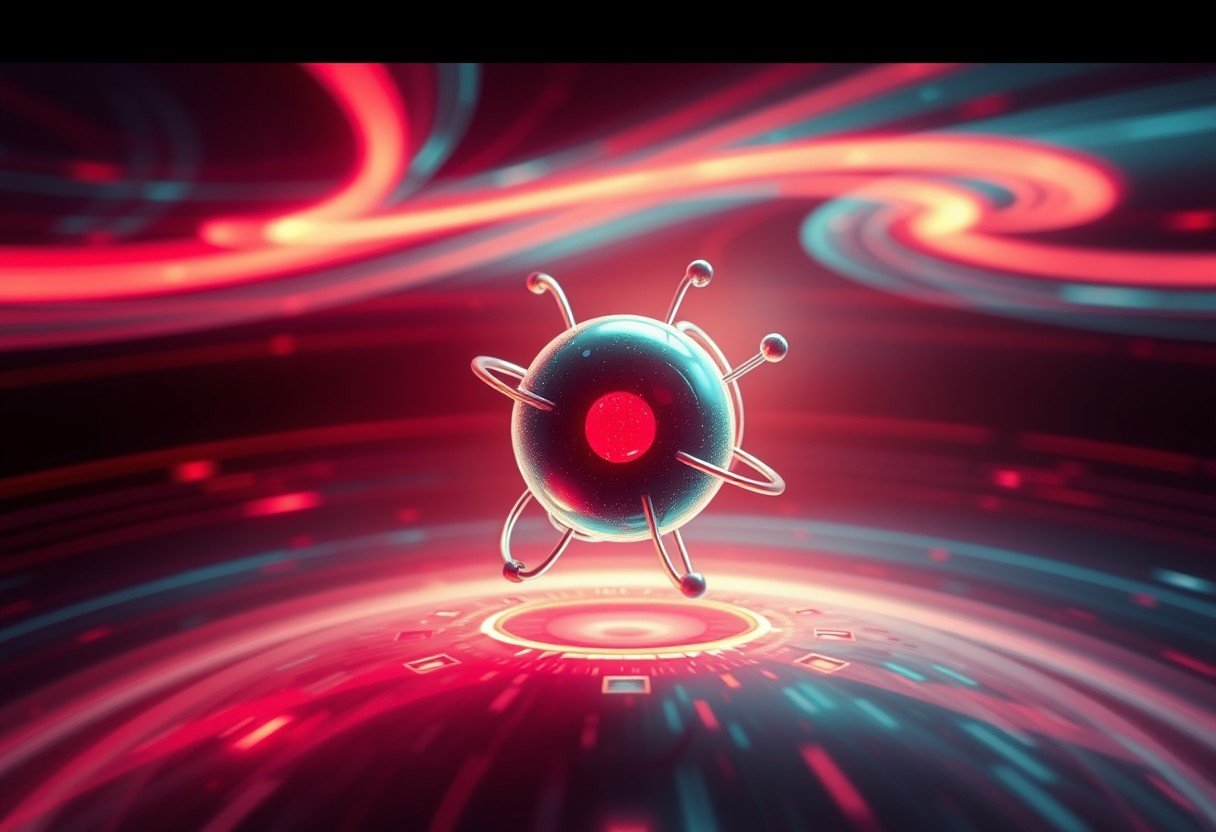Events, people, places, and objects shape our world, but how is all this information organized and kept safe? Various systems, from complex databases to content management platforms, work behind the scenes to store and manage this data. Understanding these systems helps you access and use information effectively, whether for school, work, or just curiosity. They ensure that knowledge remains relevant, accurate, and accessible for everyone.
What Systems Maintain Our Information?
To keep track of everything, we rely on several key systems designed for storing, organizing, and managing data. These platforms are the backbone of modern information maintenance, ensuring data is not just stored but is also meaningful and easy to find.
Databases are at the core of this process. Think of them as massive, highly organized digital filing cabinets. They use a structured approach to store information about different entities, allowing for quick searches and updates. This makes them ideal for managing everything from customer details to historical records.
Other specialized systems also play a crucial role. Each one serves a unique purpose in the ecosystem of information management. These tools work together to create a comprehensive network for preserving knowledge.
- Knowledge Management Systems (KMS): These are used within organizations to capture and share internal knowledge, helping teams make better decisions.
- Content Management Systems (CMS): These platforms, like WordPress, help create, manage, and publish digital content, making them perfect for maintaining websites and blogs with current information.
- Artificial Intelligence (AI): AI enhances these systems by automating tasks like data classification, processing, and retrieval, making information management smarter and more efficient.
Together, these technologies ensure that information about our world is cataloged, preserved, and readily available when we need it.
Understanding How Objects are Categorized and Stored
Even with endless variety, objects can be sorted into categories to make them easier to understand and manage. This classification is the first step in organizing information about the physical and digital things around us.
Objects can be broadly divided into types like natural, man-made, sentient, and even abstract concepts. Recognizing these categories helps systems efficiently process and retrieve relevant data. For example, a database might treat a “rock” (inanimate) very differently from an “AI” (sentient).
| Type | Examples |
| Natural Objects | Plants, Animals, Mountains |
| Man-Made Objects | Furniture, Tools, Buildings |
| Sentient Objects | Robots, AI Assistants |
| Inanimate Objects | Rocks, Water, Minerals |
| Abstract Objects | Ideas, Concepts, Theories |
Beyond these categories, a key distinction is made between physical and digital objects. Physical objects are tangible items you interact with daily, from a simple pen to complex machinery. Digital objects, on the other hand, are intangible assets like files, software, and online data. Understanding how both physical and digital objects are managed is crucial in our modern world.
The Importance of Documenting Events
Events, from historical milestones to cultural festivals, provide context to our lives. Documenting them is vital for preserving history and understanding their impact on society.
Historical records are the primary way we learn about the past. Manuscripts, official documents, and personal journals give us a window into what happened, who was involved, and how those events shaped our present reality. Without these records, our understanding of history would be incomplete.
Today, technology has transformed how we document events. Event tracking technologies allow for real-time monitoring and data collection with incredible precision. Social media platforms, for instance, capture public sentiment during a political rally, while analytics tools can measure the reach of a global conference. These modern methods provide dynamic insights that were impossible to gather in the past.
How Information About People is Represented
Representations of people help us understand their identities, stories, and contributions. This information ranges from formal biographical data to the digital personas we create online.
Biographical data provides a structured look into a person’s life. It includes key details like their birth date, education, career achievements, and other significant life events. This information forms the foundation for understanding who a person is and the context of their actions.
In the digital age, social media has become a powerful tool for identity construction. The profiles you create online reflect not just who you are, but also how you wish to be seen by others. This curated digital persona can influence public perception and even impact real-world opportunities and relationships. It’s a modern form of biographical data that is constantly evolving.
Mapping Our World with Geographic Data
Geographic information connects data to specific locations on Earth. This includes everything from physical landmarks and ecosystems to cultural sites and city layouts. By understanding this spatial data, we can see how different elements interact and influence our lives.
Mapping technologies and spatial data are essential for visualizing these relationships. They help us analyze geographic trends, plan urban development, and manage natural resources effectively. Tools like Geographic Information Systems (GIS) are used by city planners, environmental scientists, and businesses to make informed decisions based on location.
Beyond just maps, place-based knowledge systems capture the cultural, social, and environmental identity of a location. These systems integrate local traditions and community dynamics with ecological data. They provide a deeper understanding of what makes a place unique, helping to preserve local history and foster sustainable development.
Common Challenges in Information Maintenance
While we have powerful systems for managing data, maintaining it is not without its challenges. The sheer volume of information, ensuring its accuracy, and keeping it relevant over time are constant hurdles.
Data accuracy and longevity are perhaps the biggest concerns. With information flowing in from countless sources, verifying its truthfulness is a monumental task. Regular audits, consistent updates, and feedback mechanisms are necessary to minimize inaccuracies and prolong the usefulness of data. Outdated or incorrect information can lead to poor decisions and widespread misinformation.
Another major challenge is the rapid evolution of technology. The tools used to store and analyze data are constantly changing. To keep up, organizations and individuals must adapt their methods. Embracing emerging technologies like machine learning can help automate processes and improve the efficiency of information management, ensuring that practices remain effective in a fast-changing digital landscape.
Frequently Asked Questions
What systems maintain information about objects, events, people, and places?
Information is primarily maintained by databases, knowledge management systems (KMS), content management systems (CMS), and digital archives. These platforms store, organize, and manage data in a structured way to make it easy to find and use.
How do databases help maintain this information?
Databases use a structured format, like tables, to store large amounts of data efficiently. This organization allows users to quickly query, retrieve, and update detailed records about various entities, ensuring the information remains current and accessible.
What is the role of metadata in information maintenance?
Metadata is “data about data.” It provides descriptive information and context, such as the date a photo was taken or the author of a document. This makes it easier to categorize, search for, and understand the primary information.
Why is it challenging to keep information accurate over time?
Information can become outdated, new data can emerge, and errors can be introduced. Ensuring accuracy requires constant verification, regular updates, and reliable sources to prevent the spread of misinformation and maintain the data’s integrity.
How does technology help track modern events?
Modern technologies like social media analytics, live streaming, and data aggregation tools allow for real-time monitoring of events. They can track public sentiment, attendance, and impact, providing immediate insights that were not possible with traditional record-keeping.








Leave a Comment